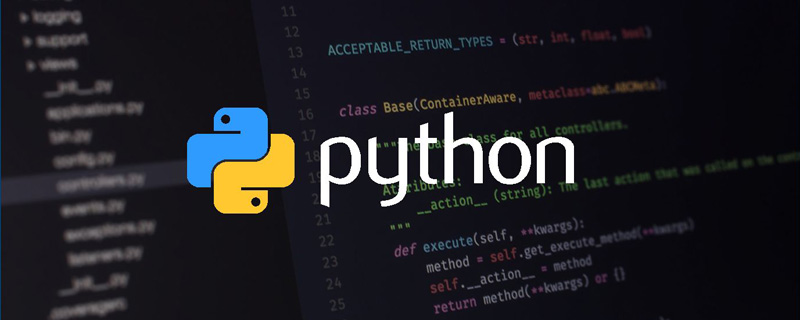
How python sets the file encoding: 1. Use "coding=
"; 2. Use "-*- coding: -*-" 3. Use the "vim: set fileencoding= :" method to set.

If you want to fill in Chinese characters in a file in python2, you must add a line of code to declare the file encoding comment, otherwise python2 will report an error. Because its default encoding format is ASCII. This problem no longer exists in python3. The default file encoding of python3 is UTF-8. Today I will introduce how to set file encoding in python, which has a certain reference effect. I hope it will be helpful to everyone
[Recommended course: Python tutorial]
To put the coding comment on the first or second line, generally speaking, the first two lines of the Python file should be written like this:
#!/usr/bin/python # -*- coding: UTF-8 -*-
The first line specifies the python interpreter, and the second line specifies the python interpreter. The second line specifies the python file encoding method. There are the following optional methods to set the encoding method
(1) Use the setting method with an equal sign
#!/usr/bin/python # coding=<编码名称>
(2) Use the setting method with colon, which is the method that most editors can correctly identify
#!/usr/bin/python # -*- coding: <编码名称> -*-
(3) vim form method
#!/usr/bin/python # vim: set fileencoding=<编码名称> :
Setting the encoding statement of the header has the following functions:
1. If there are Chinese comments in the code, this statement is needed
2. More advanced editors will The Ministry declares this as the format for code files.
3. The program will be initialized through header declaration and decoding, so the storage format of the header declaration and the code must be consistent
Summary: The above is the entire content of this article, I hope it will be helpful to everyone Helps.
The above is the detailed content of What are the ways to set the file encoding method in Python?. For more information, please follow other related articles on the PHP Chinese website!

